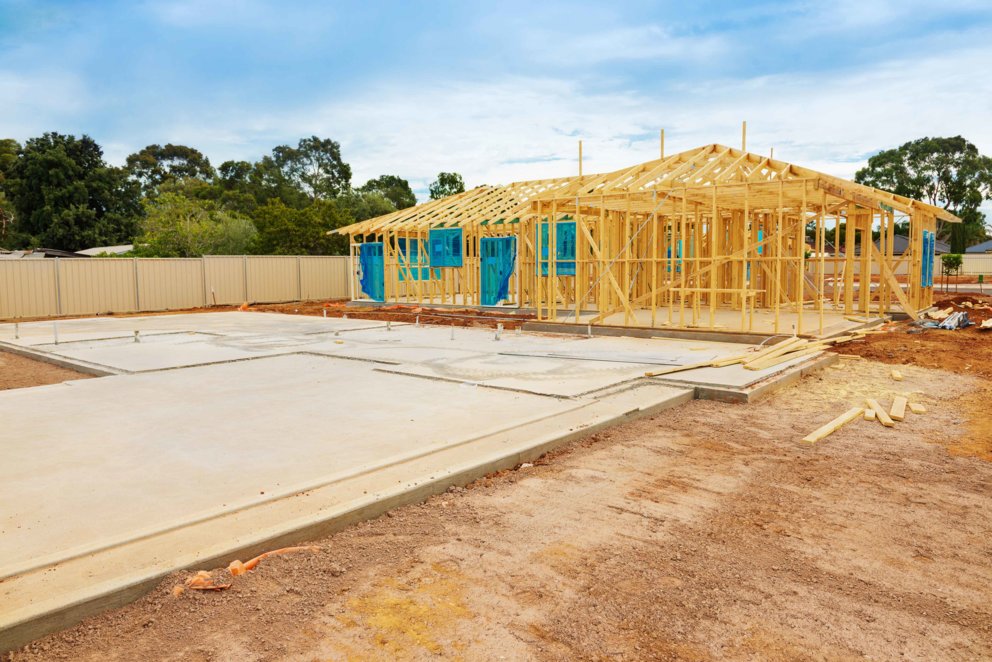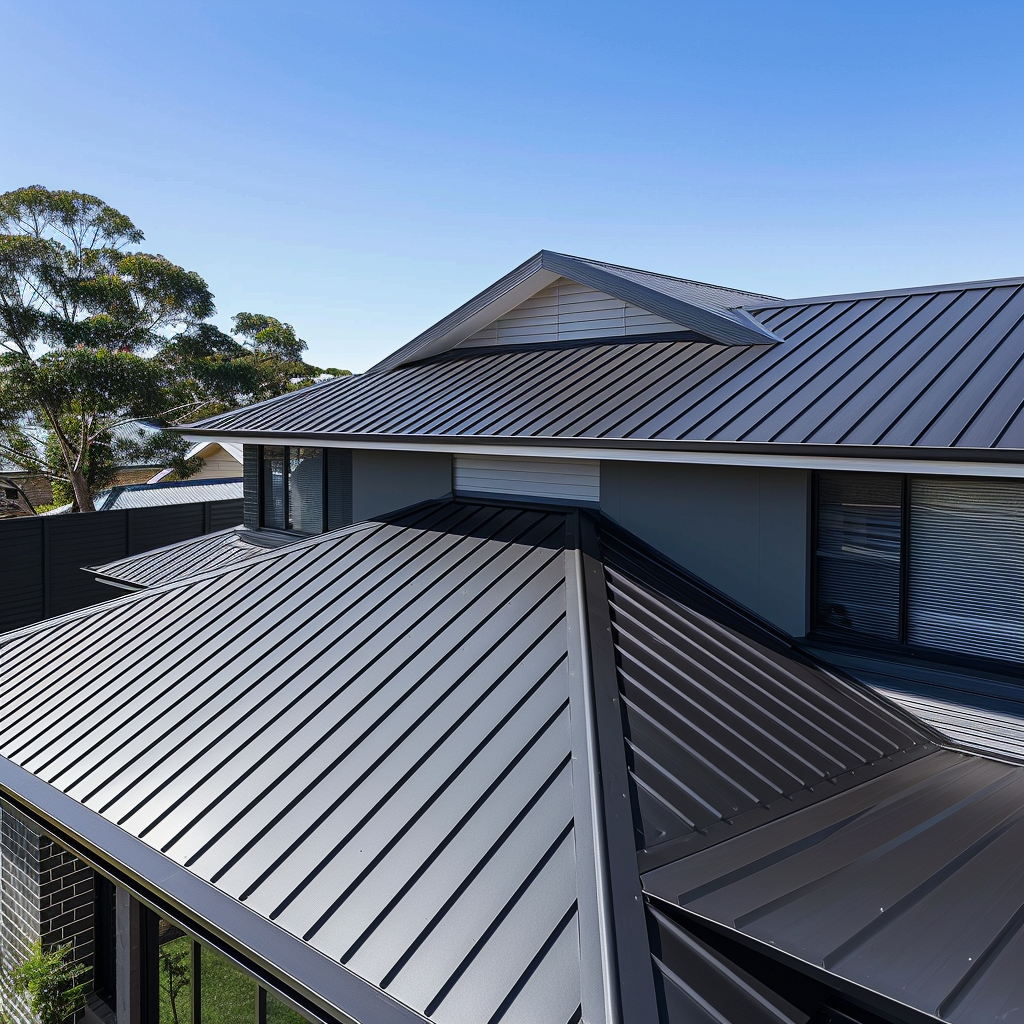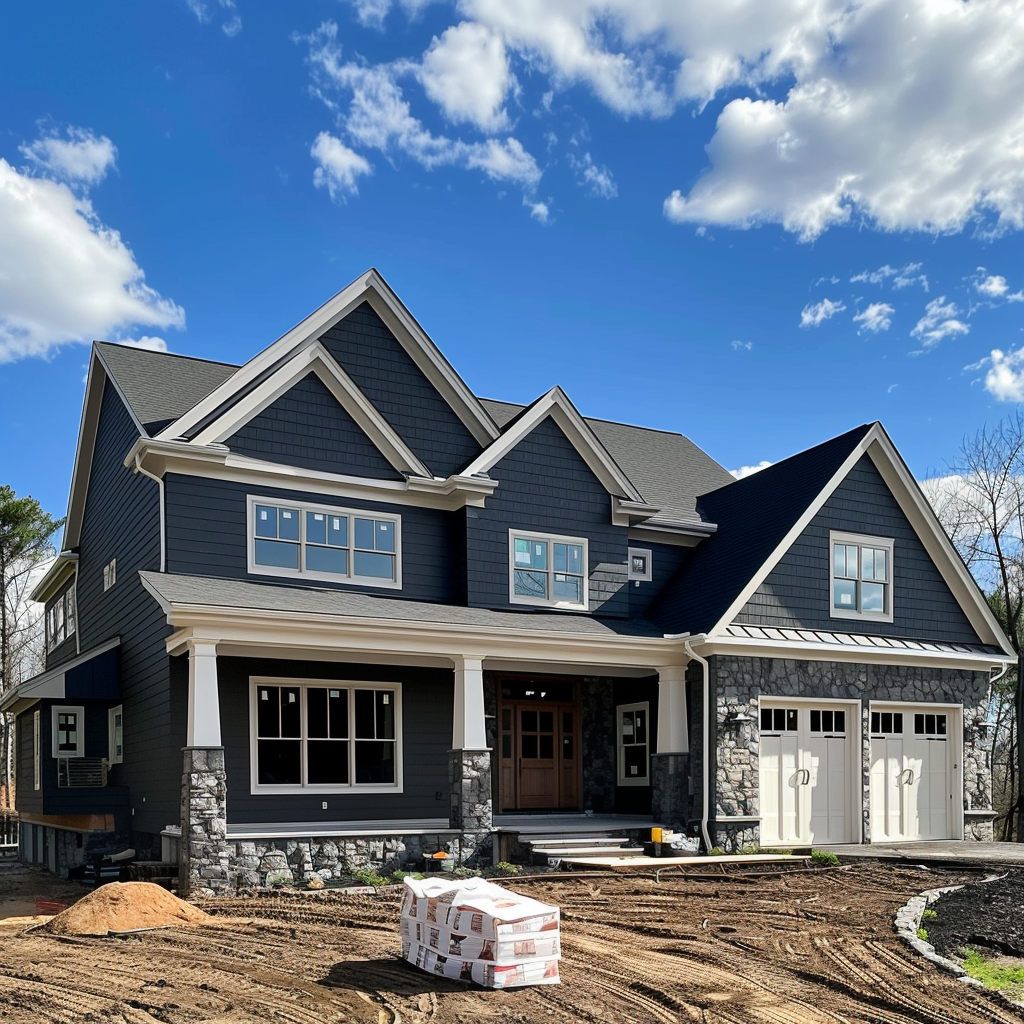
LANDCONNECT — 08 March 2020
Debunking Site Costs
A to Z on Site Costs
One of the most contentious issues when it comes to building a new home with a builder is understanding site costs.
You may find yourself going from one builder to the next, all with a different figure for the same lot of land.
Each builder will approach the site in the manner in which it provides the best outcome at the best price. The methods in which they calculate these costs vary from builder to builder. But it’s in their best interest to achieve the best physical outcome for your lot and the best price.
However, why is it then sometimes you may find a variance between builders pricing when you receive your initial quotes before we get into the reasons why site costs may vary.
It’s best to bring you up to speed as to what makes up this element of the build and to help simply explain it.
Site cost terms explained simply
As you make your journey from builder to builder. You will likely hear many of the following terms along the way.
We have endeavored to explain them as simply as possible in the hope to arm you with enough knowledge not to feel overwhelmed when you start to hear them come up!
Cut and Fill
Cut and fill is often the first step of the earthworks process. It is the process of leveling the ground to create an even surface to build on. Depending on the surface area of your block, your builder may need to make a ‘cut’ into the earth from above the required ground height and use that soil to ‘fill’ a hole to create the desired land surface to build on. This will create an even ground surface and is the first step in ensuring the structural integrity of your home.
Soil Test
Unless you have experience in the building industry, you might be surprised to learn about the importance of soil testing.
You will not know your soil type unless a soil test is conducted. To ensure that no nasty cracks appear in the slab in the years to come, you need to understand the kind of soil you are building on. A builder will provide you with a preliminary site cost based on their experience within a particular area. However, a soil test will discover the grade of the soil and if there are rocks beneath the surface. Once soil testing is complete, the outcome will guide your builder and help them make the necessary preparations before laying the foundations of your house.
Rock Removal
Rock removal is the process of removing rocks from your block to create a stable foundation. Both surface rocks and those buried beneath the surface can cause challenges when building a home.
Don’t assume that you can build over rocks and boulders that are beneath the surface. They must be excavated by a professional.
If you have a lot of rocks to be removed, your slab, in many cases, will need reinforcing with the use of piers. As the cavities where the rocks previously resided will need to be filled and compacted down. Although the process can be expensive, once removed, you can contribute these rocks towards your landscape or feature wall.
Slab
Based on the characteristics of the soil type, an engineer will determine the required thickness as some concrete slabs are better suited for particular sites and climate zones than others.
Compaction Test
A compaction test is an essential step in the site preparation process and is required when preparing the land to build on.
Compaction creates a flat foundation and provides the ground with greater stability through the process of applying weight. If the soil is too soft, it can cause shifting under the slab, and result in unnecessary maintenance costs or structure failures in the future.
The land developer will provide your builder with a compact report. The report details if the ground has been compacted down by heavy machinery ready for the builder. If no compaction report has been provided, the builder will often look to reinforce your slab with concrete piers.
Piers
If you hear this term from your builder, it means merely reinforcing your slab due to the ground not being compacted enough or sturdy enough for only a slab. Piers are typically made from concrete or timber and will provide upright support to the structure for many years to come.
Screw piles
Like piers, screw piles provide additional support to the foundation to ensure the slab does not move or crack. Their effective mechanism makes their installation relatively straightforward. Screw piles are wound into the ground the same way a screw is turned into wood. They provide in-ground performance in a range of soils and can withstand harsh conditions such as earthquakes!
Retaining Walls
Retaining walls may be required around the perimeter of your home. As their name suggests, they are typically installed to retain soil and level off sloping land. They must be adequately designed so that they can withstand significant loads to avoid construction failures.
Utility Connections
These are the costs and works to bring your utilities to the house. This may include electricity, gas, water, sewer, NBN. These costs will typically include trenching charges and are laid down during the site construction.
What are fixed-site costs?
Fixed-site costs mean that they will fix the cost of the works before placing your deposit. This is the standard form of house and land packaging.
You will see many builders offer fixed site costs across their catalogues. Typically, these make up an integral reason why people may opt for a house and land package. Site costs are the expenses associated with the mandatory work needed to prepare your site for construction. They typically cover things like earthworks, site preparation, and, most importantly, the engineering requirements for the foundation of your home.
If the builder states ‘fixed site costs’, it’s important to confirm with them whether the price is fixed before or after the soil test was completed.
When the site costs are fixed before the soil test is completed, we can assume that the builder has enough confidence and experience within that estate to be able to fix their price confidently.
However, if the builder has limited data or experience within that estate or area, they will fix their site costs after a soil test is completed.
Site costs are calculated based on the specific attributes of the land you plan to build on, so it is in the best interest of the builder to be transparent about these costs.
What impacts price of Site Costs?
- Soil conditions
- Slope
- Accessibility
Ascertaining on which site costs apply to your block is an essential part of being able to stick to your building budget. Every builder is ultimately aligned to the same goal as you; the best, most liveable outcome at the best price.
Builders will use a variety of methods of determining their site costs for your lot of land. Some may be more conservative in their pricing due to having limited experience in an area. Others may be more aggressive to try and win your business.
If builders are conservative, they are generally that way for a reason, and if you get wildly different site costs from one builder to the next, ask them for further details as to how they came to the number and why.
Try and be pragmatic about this element of your build. It is the foundation of your future home, so it’s vital to achieve the best possible outcome without skyrocketing over your budget.
Due to varying site conditions, builders will have to undertake different strategies to prepare the land for building. Ultimately this will have the most significant impact on site costs; the following factors will be the most significant contributors.
Soil conditions
As mentioned earlier, soil tests are required to determine the type of soil and slope of your block of land. The assessment will have a significant bearing on deciding the overall site costs. If you have rocky soil or any other issue that makes it difficult to build, then you will incur extra costs.
Slope
The slope of your block will determine if your builder needs to cut into the land to create a level surface to build on. In the case of extreme slopes, a structural engineer may be required. Additionally, a retaining wall may be needed to stabilise the soil on the slope.
Accessibility
Once the land has been prepared to build on, you will need to consider the costs of getting building materials to the site. Depending on your site, you may need a mobile crane to transport materials such as bricks, timber, and steel.
Ensure you make a comparison between builders
Once you have created a shortlist of builders, the next step is to compare quotes across the board. Gaining a good understanding of the market across your preferred builders is essential. You’ll discover that every builder offers a different product with slightly different inclusions, prices, and services.
If there are significant discrepancies across the site cost element, don’t be afraid to ask for more information. Building a new home is a substantial financial undertaking, so it’s essential to research a builder who will meet your needs.
Request itemised costs
If you are unsure of any costs, request for them to be itemised to understand it. Please note that if you are building with larger volume builders, you will often get allocated an allowance as part of your quote, this means it is an indicative price as to what you can expect. It will, however, ultimately come down to the soil, and survey test were done on your lot of land.
Look at any promotions or discounts that may be available
Due to the increasing advantages of building a new home, the house and land market is becoming extremely competitive. Often, builders will have deals, promotions on-site costs, and other advantageous incentives to gain a competitive edge. Keep an eye out on what is on offer and keep a list as you go through the journey; this is the easiest way to find a builder who will meet your needs.
Get the builder involved before purchasing land.
Consider building on a flawlessly flat block if you want to avoid these costs. When looking to purchase your land, the earlier, you get your preferred builders involved in the discussions, the better the outcome you will achieve. They will be able to guide you to purchase a block of land that is suited for you and your goals.






